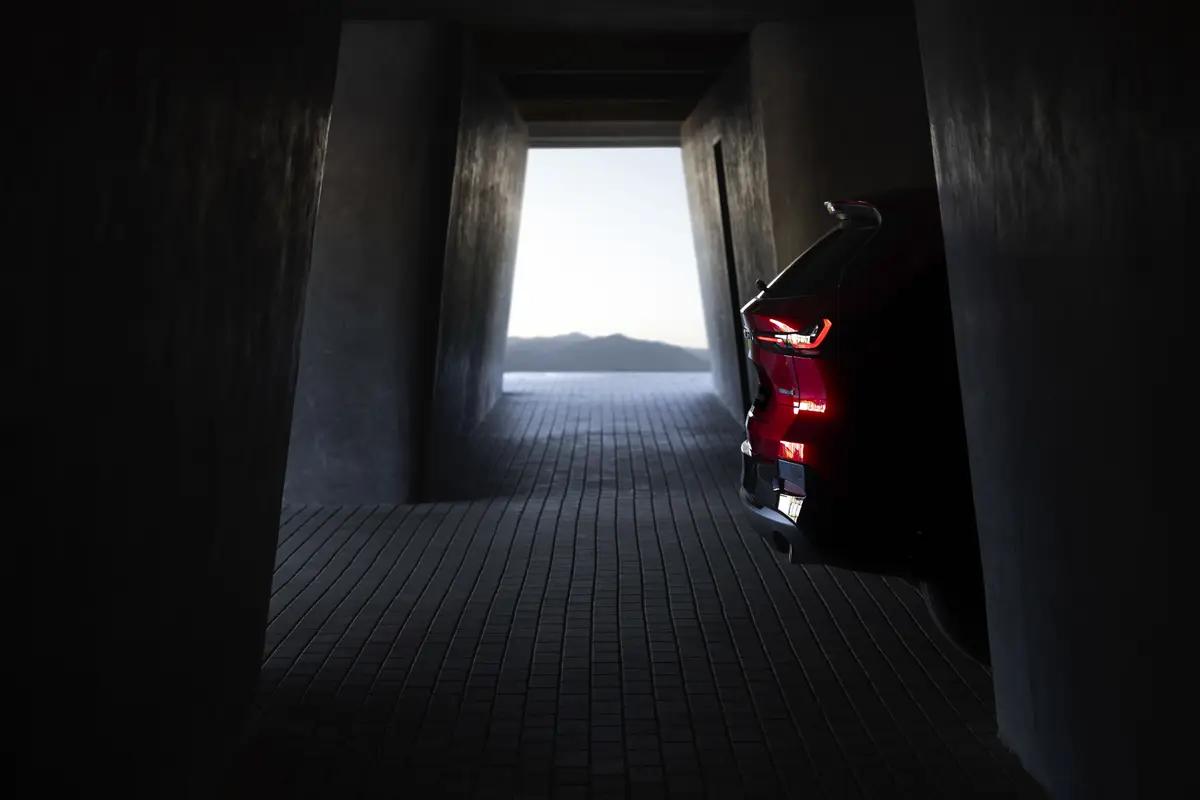washingtonpost.com's view
Suzuki Motor Corp. has struggled to stay alive in the United States ever since 1988, when it was hit by a ruinous Consumer Reports article that said its Samurai sport-utility vehicle was prone to rollovers.
Suzuki fought back, winning an endorsement of sorts from the National Highway Traffic Safety Administration, which called the magazine’s findings flawed and said, in any case, the Samurai was no more likely to roll over than any other small sport-utility model.
But Samurai sales plummeted.
Suzuki countered by dropping the Samurai name and coming up with the slightly larger Sidekick, also sold as the Chevrolet Tracker. They were tough little sport-utes in terms of reliability. But they were uncultured roughnecks in comparison to the competition: the Honda CR-V, Toyota RAV4, Subaru Forester and Kia Sportage.
Suzuki went back to its computer design screens and came up with the 1999 Grand Vitara JLX. The Grand Vitara is a clear improvement over the old Sidekick/Tracker, and it is light-years away from the decidedly brutish Samurai.
But even with its 155-horsepower V-6 engine–currently the only V-6 installed in a small sport-ute–the Grand Vitara has miles to go before it catches up with its rivals.
The problem is balance and polish, both of them in short supply in the Grand Vitara.
The RAV4, for example, feels evenly weighted front and rear; its steering wheel feels good in hand; its four-cylinder engine feels as if it belongs in the vehicle. There is harmony.
By comparison, the Grand Vitara is discordant. Its six-cylinder engine may be more powerful than the RAV4’s four-banger, but the Grand Vitara’s V-6 feels heavy and out of kilter. Steering, as a result, feels tentative.
As for bending the sheet metal differently and prettily, Suzuki did a good job on the Grand Vitara, arguably better than Toyota did on the RAV4. But what Toyota understands, and Suzuki apparently doesn’t, is that most drivers and passengers spend the majority of their time inside their cars and trucks.
The interiors of the RAV4, CR-V, Forester and Sportage all feel substantial, comfortable. There are thoughtful touches, such as well-crafted storage bins, and consistency in the quality and design of materials. That’s polish.
By comparison, the Grand Vitara’s cabin is a battlefield of competing ideas: a sporty steering wheel extending from a workaday instrument panel; commendably easy exit and entry, except, well, you’re getting in and out of uncomfortable, cheap-feeling, velour-covered seats.
All this is quite unfortunate because, looking at the excellence of the Grand Vitara’s overall fit and finish, it’s obvious Suzuki tried to do a good job.
But if Suzuki is going to make it in the United States, it had better learn a few things from its rivals. To wit: Consumers aren’t demanding big engines in small sport-utes. They are asking for manageable fun, common sense and functionality. They don’t want a tiny brute to conquer the mountains; they want a no-brainer, all-wheel-drive machine to get through the rain and snow.
Winning is simple. Give buyers what they want.
1999 Suzuki Grand Vitara JLX
Complaints: Enough said.
Praise: Swing-out rear door won kudos, mostly from women who said they abhor the more conventional liftgates on sport-utility models. Easy-loading cargo floor.
Ride, acceleration and handling: Unimpressive in all three categories. Braking was good. The system has ventilated power front discs and rear drums with optional anti-lock backup. Anti-locks standard only on JS-Plus and JLX-Plus models.
Head-turning quotient: Pleasant, rounded body. More acceptable than predecessor Sidekick.
Engine: Three engines: 1.6-liter, 97-horsepower in-line four-cylinder model and a 2-liter, 127-horsepower, in-line four-cylinder job available in the lower-end, two-door and four-door Vitaras. The Grand Vitara gets a 2.5-liter, 24-valve V-6 that produces 155 horsepower at 6,500 rpm a nd 160 pound-feet of torque at 4,000 rpm. Five-speed manual transmission is standard; four-speed automatic is optional.
Capacities: The Grand Vitara seats five people, four of them without squeezing. Fuel capacity is 17.4 gallons; takes regular unleaded. Can be equipped to tow 1,500-pound trailer.
Mileage: About 18 miles per gallon in city/highway driving. Estimated 301-mile range.
Safety: Small sport-utility vehicles with short wheelbases and high centers of gravity, such as this one, cannot be driven in the manner of sports cars. You can roll over in the Vitara, or any similar model. Wear seat belts.
Price: Base price on the tested 1999 Suzuki Grand Vitara JLX is $18,999; dealer invoice, $17,289; price as tested, $21,429, including $2,000 in options and $430 destination charge.
Purse-strings note: Still the underdog. Compare with Toyota RAV4, Honda CR-V, Subaru Forester, Kia Sportage.
Latest news



